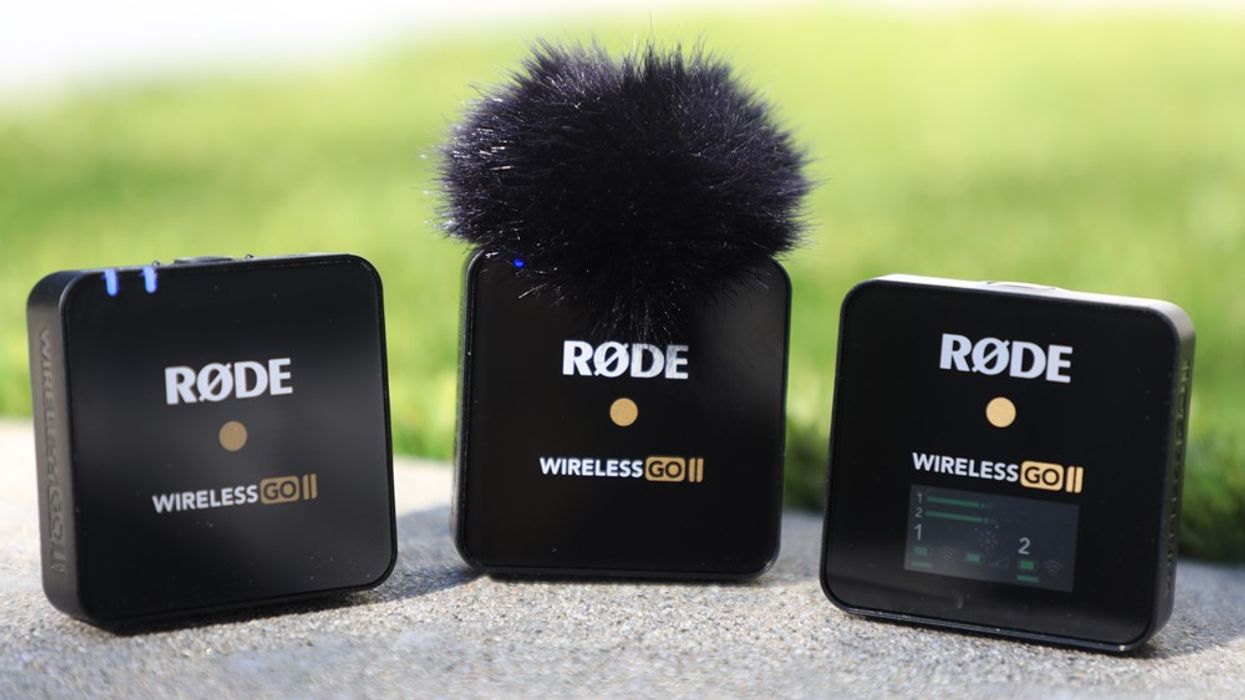RØDE Wireless GO II Can Now Be Used as a Standalone Recorder
A new firmware update from RØDE adds more functionality to the feature-rich Wireless GO II.

We've been field-testing the Wireless GO II over the last weeks, and we love it. But just as we were about to hit publish, RØDE has gone ahead and updated the firmware to its Wireless GO II yet again.
The first time was to fix a bug that didn't allow for longer uncompressed record times. We ran into that issue, and the firmware thankfully fixed it. Now, the company has added some fantastic features in this latest update, including the ability to use it as a recorder without needing to be connected to a transmitter. Essentially, the receiver becomes a standalone device that you can use to record audio while still connecting an external microphone.
Oddly, this was something we were going to mention RØDE should include in our review, but they beat us to it. Cool. It's an obvious feature that we're not sure if RØDE overlooked for its release or knew they would be including later down the line. Based on the video released on Twitter, other audiophiles had a similar inclination.

To use it as a standalone device, you'll need to go into the RØDE Central software to activate it. The feature is only available when recording uncompressed audio, so don't expect long run times. Generally, that's roughly around 7 hours of internal record time at 12-bit 48 kHz. We'll share our tests in the updated review.
The latest software also adds:
- Low sensitivity mode for the transmitters
- Transmitter LED brightness adjustment
- Ability to change the functionality of the transmitter power button to drop markers into the onboard recording
The transmitter brightness LED adjustment is also a nice addition, as we should see an uptick in battery life. How much could probably be negligible, but if it squeezes an extra 10-12 minutes out of the internal battery when set to low, we'll take it.
We've been asked if the Wireless GO II has 32-bit float recording, and currently, it does not. For us, that's not the end-all-be-all feature, but for some reason or another, it's become the new make-it or break-it in audio. Maybe we have to blame ourselves, as we were the first to hype it as the "RAW version of audio."

How much you actually need to use 32-bit float is another story. It's essentially become the de facto safety net, similar to redundant recordings.
To update your Wireless GO II, you'll need to download the firmware through RØDE Central, the companion app for the wireless system. RØDE says a smartphone version of the app will be available in the future, and that's a very good thing, because to really use the versatility of the system you need access to the software functions. Maybe when the smartphone app comes out, we'll revisit our review.
Download through RØDE here.











